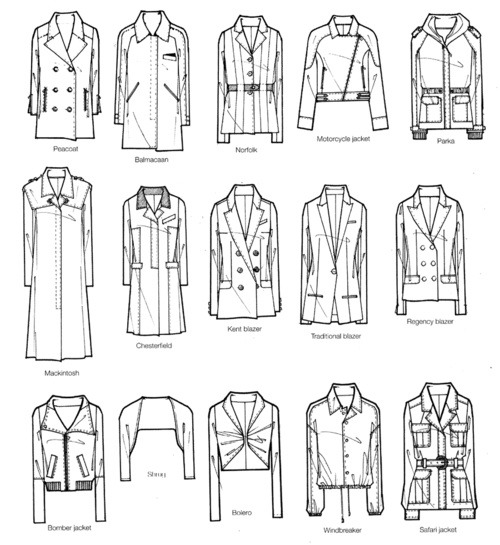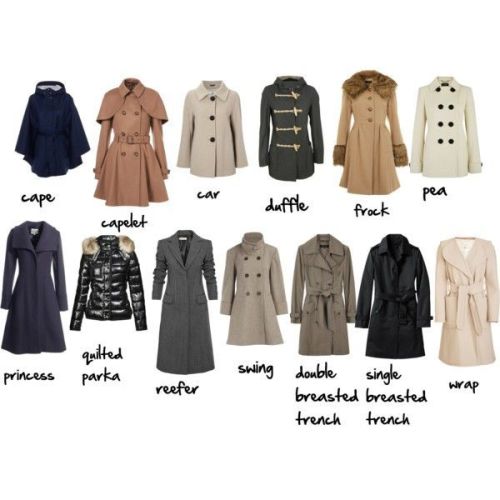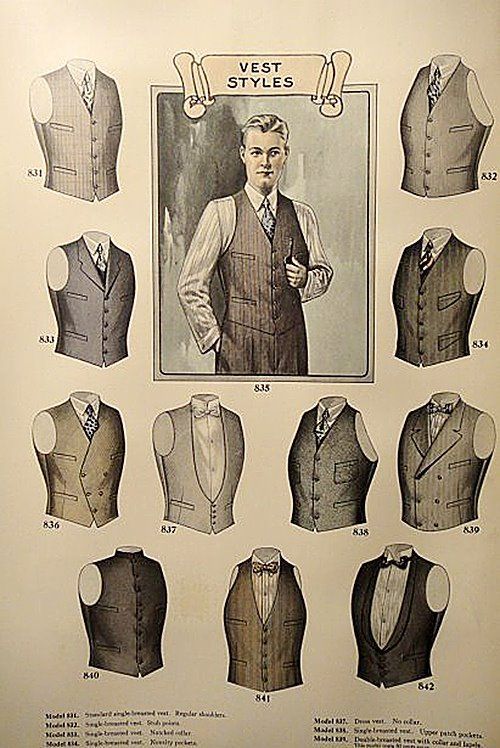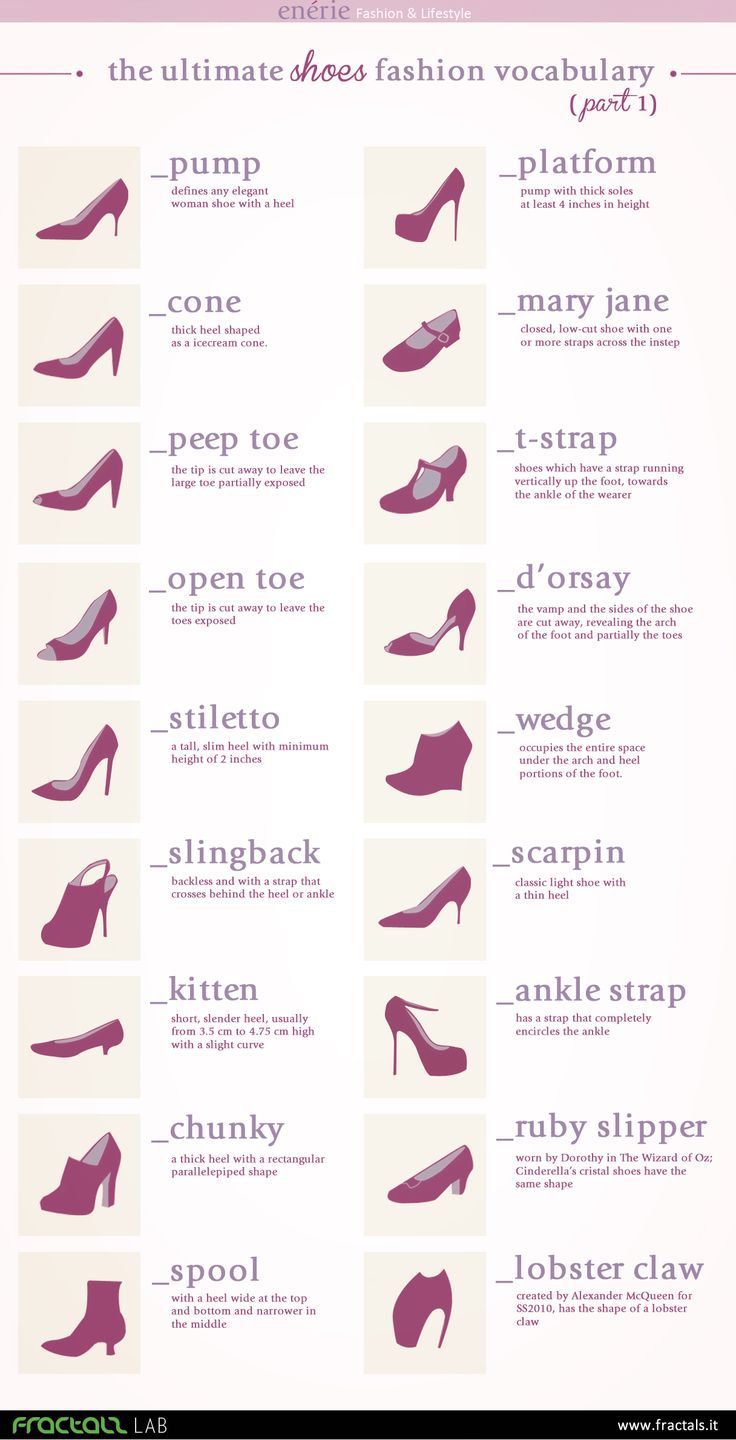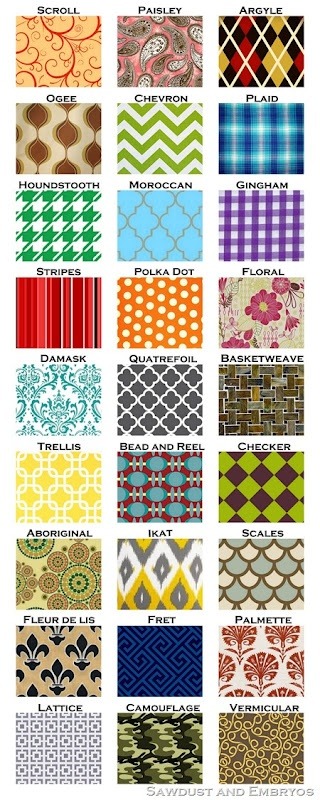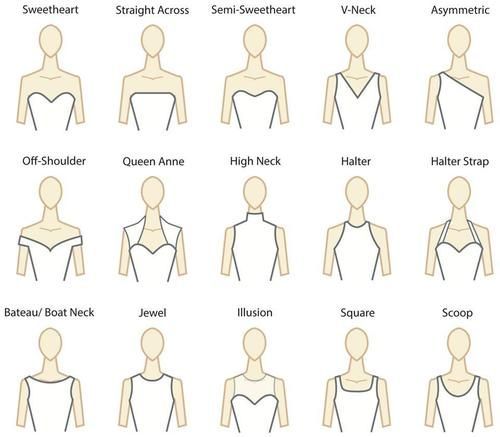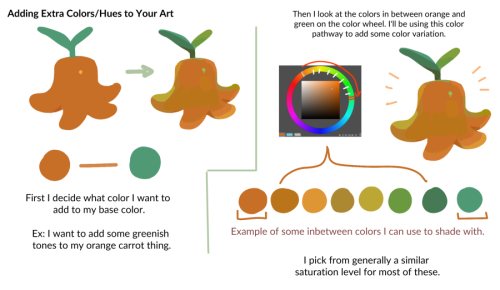Here It Is, My Long Winded Tutorial, Complete With Some Step By Step Action. I See A Lot Of People Talk









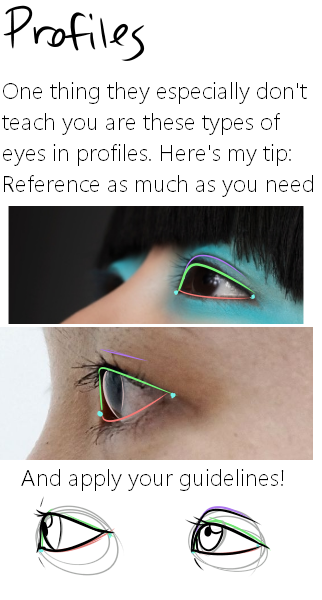
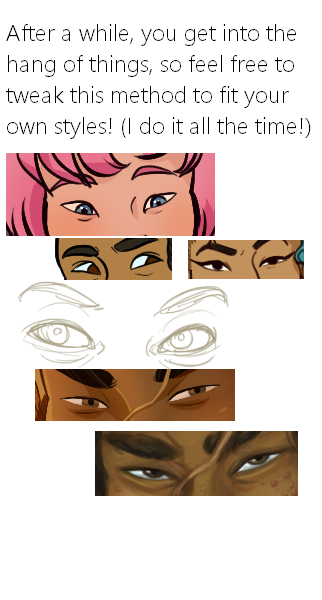
Here it is, my long winded tutorial, complete with some step by step action. I see a lot of people talk about wanting to diversify their artwork but not knowing how. This is my help to you. You really should take the time to invest in learning diverse eye shapes as diverse artwork always makes you a better artist. And frankly I’m really tired of drawing tutorials that talk up character diversity but only have the stereotypical “one Asian eye”.
I did some step by steps for those three diagrams, but I actually got them from this blog which has 14 of those examples! (Bonus: it’s a makeup blog so if you need help with that or want some idea of how to shade these eyes, there ya go)
More Posts from Basket-of-references and Others







Very happy to finally post my second tutorial ! You guys have been so kind the last time and I really hope this helps some of you in your art path 🙇♀️
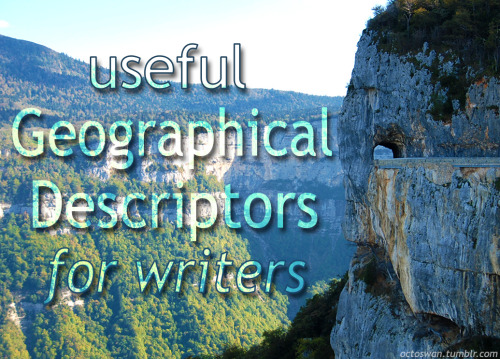


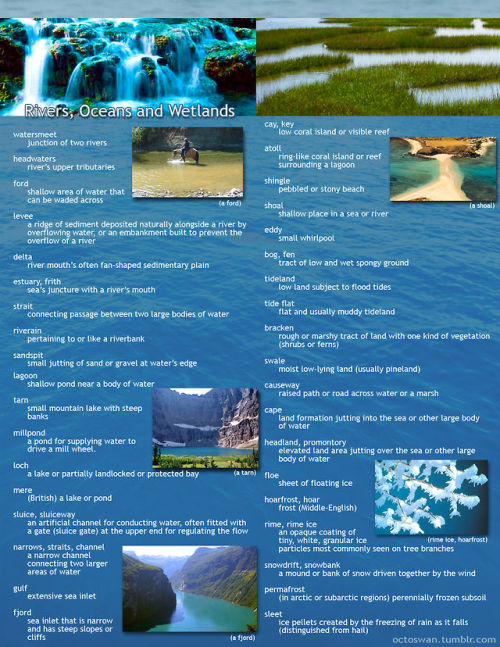
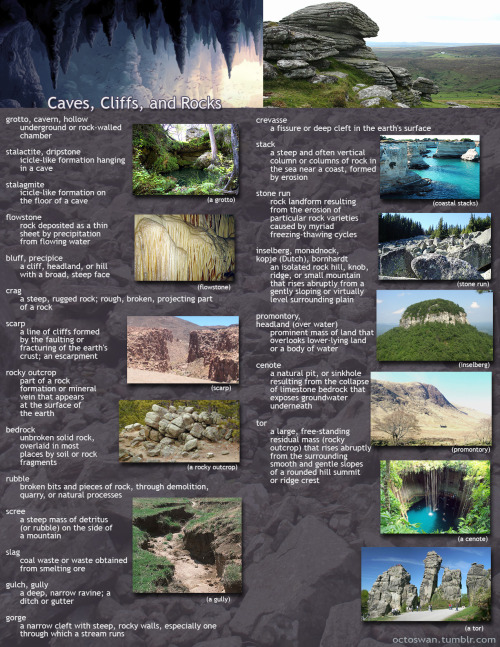
I made these as a way to compile all the geographical vocabulary that I thought was useful and interesting for writers. Some descriptors share categories, and some are simplified, but for the most part everything is in its proper place. Not all the words are as useable as others, and some might take tricky wording to pull off, but I hope these prove useful to all you writers out there!
(save the images to zoom in on the pics)




I've had this little idea in my head for a while now, so I decided to sit down and plot it out.
Disclaimer: This isn't meant to be some sort of One-Worksheet-Fits-All situation. This is meant to be a visual representation of some type of story planning you could be doing in order to develop a plot!
Lay down groundwork! (Backstory integral to the beginning of your story.) Build hinges. (Events that hinge on other events and fall down like dominoes) Suspend structures. (Withhold just enough information to make the reader curious, and keep them guessing.)
And hey, is this helps... maybe sit down and write a story! :)
12 Red Herrings to Keep Your Readers Distracted
I’ve seen mystery/thriller authors use the same handful of red herrings too many times to count. So here are some (hopefully not as common) red herrings for your writing.
1. The Unreliable Narrator's Bias
Your narrator can play favourites and scheme and twist the way your readers interpret the story. Use this to your advantage! A character portrayed as untrustworthy can really be someone innocent the narrator framed, vice versa.
2. The Loyal Traitor
A character with a history of betrayal or questionable loyalty is an obvious suspect. They did it once, they could do it again, right? Wrong! They’ve actually changed and the real traitor is someone you trusted.
3. The Conflicted Expert
An expert—like a detective, scientist, or historian—analyses a piece of evidence. They’re ultimately wrong, either due to bias, missing data, or pressure to provide quick answers.
4. The Overly Competent Ally
You know that one sidekick or ally who’s somehow always ahead of the curve? They’re just really knowledgeable, your characters know this, but it makes it hard to trust them. Perfection is suspicious! But in this case, they’re actually just perfect.
5. The Misleading Emotional Clue
Maybe one of your characters is seen crying, angry, or suspiciously happy after xyz event. Characters suspect them, but turns out they’re just having a personal issue. (People have lives outside of yours MC smh). Or it could be a cover-up.
6. A Misleading Alibi
At first this character’s alibi seems perfect but once the protag digs into it, it has a major hole/lie. Maybe they were in a different location or the person they claimed to be with was out of town.
7. The Odd Pattern
Have a seemingly significant pattern—symbols left at crime scenes, items stolen in a specific order, crimes on specific dates. Then make it deliberately planted to mislead.
8. The Misinterpreted Relationship
A character was secretly close to a victim/suspect, making them a suspect. Turns out they were hiding a completely unrelated secret; an affair, hidden family connection, etc.
9. A Forgotten Grudge
Create a grudge or past feud and use it to cast suspicion on an innocent character. Introducing an aspect of their past also helps flesh out their character and dynamics as a group + plant distrust.
10. The Faked Death
Luke Castellan, need I say more (I will)? A supposedly innocent character dies, but turns out they faked it and were never a victim in the first place. They just needed to be out of the picture.
11. The Mistaken Eavesdropper
A character overhears a threat, argument, etc. They suspect B based on this convo, but turns out they just came to a false conclusion. (Or did they?)
12. The Forgetful Alibi
Someone confesses to hearing/seeing a clue, but turns out they were mistaken. Maybe they thought they heard a certain ringtone, or saw xyz which C always wears, but their memory was faulty or influenced by stress.
Looking For More Writing Tips And Tricks?
Check out the rest of Quillology with Haya; a blog dedicated to writing and publishing tips for authors!
Instagram Tiktok
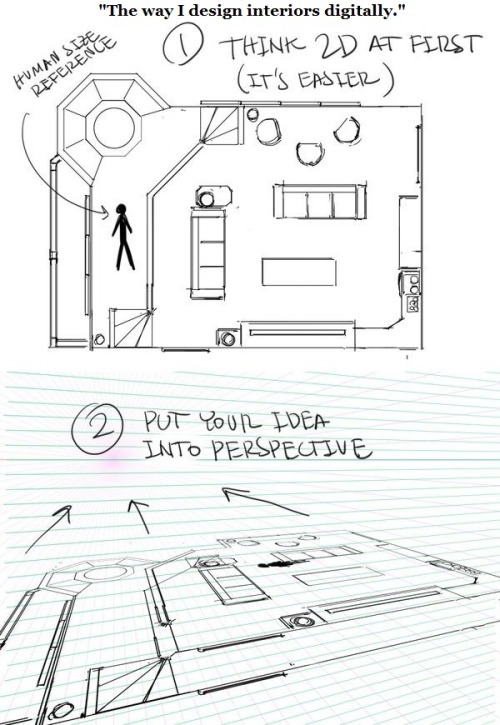

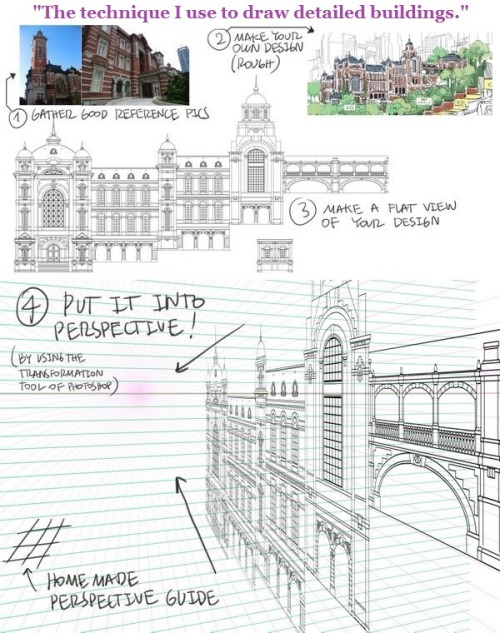
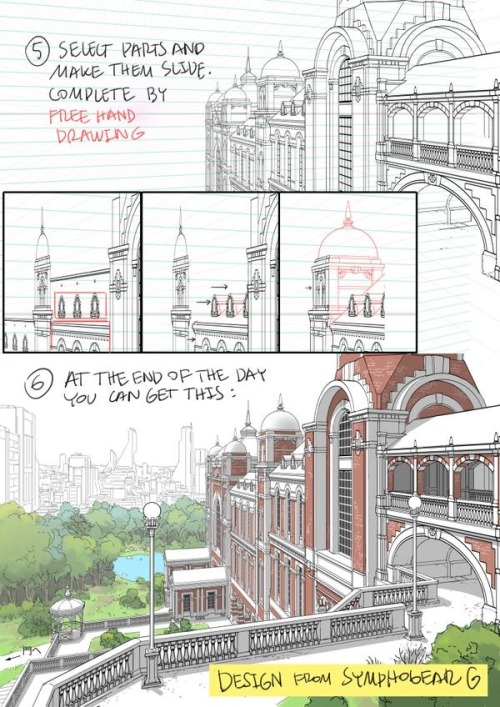




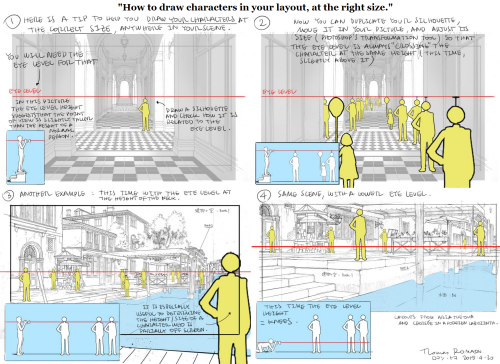
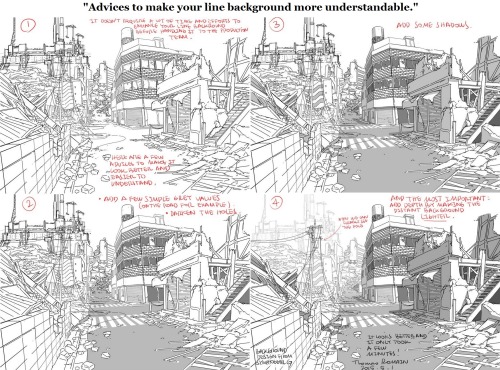
A master post of Thomas Romain’s art tutorials.
There’s not enough space to post all of them, SO here’s links to everything he has posted (on twitter) so far : 1 2 3 4 5 6 7 8 9 10 11 12.
Now that new semesters have started, I thought people might need these. Enjoy your lessons!


These brushes aren’t the most complex, but they are what I made on the fly to make drawing hair easier, instead of hand drawing every detail like I’ve done most of my life lmao.
You can find the png files for a bitmap here, along with screenshots of my settings [I use this brush in Medibang Paint Pro, a free art program]. My settings use it as a scatter watercolour, I think it works well with the watercolor for color blending but you could theoretically use it just as a scatter.
Though, the brush settings are something not that important: the size, particle size, scatter strength, opacity, compliment, and color mixing are all things I change frequently when working.
Free to use, just don’t claim as your own. If you want to support me, you can leave a tip at my Kofi.
so a lot of artists talk abt same face syndrome and like yeah practice diverse faces but nobody talks about same body syndrome nearly as much like…if all you can draw are twiggy skinny boys with no variation other then height and only draw hourglass girls with big boobs then like…you’re not a great artist and you really need to practice other body types because when i see a line up of characters that are all twinks and hourglass figure girls and theres no fat characters theres no muscular characters theres nothing but just skinny twiggy boys and girls with wide hips and big boobs then its like wheres the flavor wheres the variation not everyone looks like that and if anyone bitches and whines about “ohhh its hard to draw fat people” “ohhh its hard to draw big strong burly men” “oh its hard to draw a fat strong woman” “its hard drawing a muscular girl!” then fucking practice. you arnt going to learn to draw these body types if all you draw are skinny boys and hourglass girls and you’ll never improve and i dont feel any sympathy for you
-
 entropyisfun liked this · 2 weeks ago
entropyisfun liked this · 2 weeks ago -
 gayfellers liked this · 2 weeks ago
gayfellers liked this · 2 weeks ago -
 sylviaaaaaaaaaaaa reblogged this · 2 weeks ago
sylviaaaaaaaaaaaa reblogged this · 2 weeks ago -
 wizardyke reblogged this · 2 weeks ago
wizardyke reblogged this · 2 weeks ago -
 birdyaviary reblogged this · 2 weeks ago
birdyaviary reblogged this · 2 weeks ago -
 sista-a reblogged this · 1 month ago
sista-a reblogged this · 1 month ago -
 sista-a liked this · 1 month ago
sista-a liked this · 1 month ago -
 manadisc liked this · 1 month ago
manadisc liked this · 1 month ago -
 rockyapboa liked this · 1 month ago
rockyapboa liked this · 1 month ago -
 tenaciouscreative liked this · 1 month ago
tenaciouscreative liked this · 1 month ago -
 twentydaysofmay reblogged this · 1 month ago
twentydaysofmay reblogged this · 1 month ago -
 salt-in-the-wind reblogged this · 1 month ago
salt-in-the-wind reblogged this · 1 month ago -
 kiki-miserychic reblogged this · 2 months ago
kiki-miserychic reblogged this · 2 months ago -
 tiny-smallest liked this · 2 months ago
tiny-smallest liked this · 2 months ago -
 enderagenda reblogged this · 2 months ago
enderagenda reblogged this · 2 months ago -
 enderagenda liked this · 2 months ago
enderagenda liked this · 2 months ago -
 jadewhisper reblogged this · 2 months ago
jadewhisper reblogged this · 2 months ago -
 craftytrashnightmare liked this · 2 months ago
craftytrashnightmare liked this · 2 months ago -
 mysteriouscremepurin liked this · 2 months ago
mysteriouscremepurin liked this · 2 months ago -
 clarade-huevo reblogged this · 2 months ago
clarade-huevo reblogged this · 2 months ago -
 deshah liked this · 2 months ago
deshah liked this · 2 months ago -
 naorazy-vavilon liked this · 2 months ago
naorazy-vavilon liked this · 2 months ago -
 bag-of-bones-and-hearts liked this · 2 months ago
bag-of-bones-and-hearts liked this · 2 months ago -
 artking-4 reblogged this · 3 months ago
artking-4 reblogged this · 3 months ago -
 himbowizard liked this · 3 months ago
himbowizard liked this · 3 months ago -
 dobloopdedoop reblogged this · 3 months ago
dobloopdedoop reblogged this · 3 months ago -
 silverprism-s liked this · 3 months ago
silverprism-s liked this · 3 months ago -
 silverprism-s reblogged this · 3 months ago
silverprism-s reblogged this · 3 months ago -
 nezjazz reblogged this · 3 months ago
nezjazz reblogged this · 3 months ago -
 charhalla reblogged this · 3 months ago
charhalla reblogged this · 3 months ago -
 charhalla liked this · 3 months ago
charhalla liked this · 3 months ago -
 the-algid liked this · 3 months ago
the-algid liked this · 3 months ago -
 zoolitsky-fandom liked this · 3 months ago
zoolitsky-fandom liked this · 3 months ago -
 lee-the-owl liked this · 3 months ago
lee-the-owl liked this · 3 months ago -
 judgement-cat liked this · 3 months ago
judgement-cat liked this · 3 months ago -
 thesoftestbloom reblogged this · 4 months ago
thesoftestbloom reblogged this · 4 months ago -
 thesoftestbloom liked this · 4 months ago
thesoftestbloom liked this · 4 months ago -
 cryptidsteeth liked this · 4 months ago
cryptidsteeth liked this · 4 months ago -
 unravelinghands liked this · 4 months ago
unravelinghands liked this · 4 months ago -
 solitudetoherloneliness liked this · 5 months ago
solitudetoherloneliness liked this · 5 months ago -
 cerbercry liked this · 5 months ago
cerbercry liked this · 5 months ago -
 ratbitepunk liked this · 5 months ago
ratbitepunk liked this · 5 months ago -
 flameraa-fayy liked this · 5 months ago
flameraa-fayy liked this · 5 months ago -
 tifany0412 liked this · 5 months ago
tifany0412 liked this · 5 months ago -
 yrrtyrrtwhenihrrthrrt liked this · 5 months ago
yrrtyrrtwhenihrrthrrt liked this · 5 months ago -
 sandyona liked this · 5 months ago
sandyona liked this · 5 months ago -
 tomatodogplush reblogged this · 5 months ago
tomatodogplush reblogged this · 5 months ago
